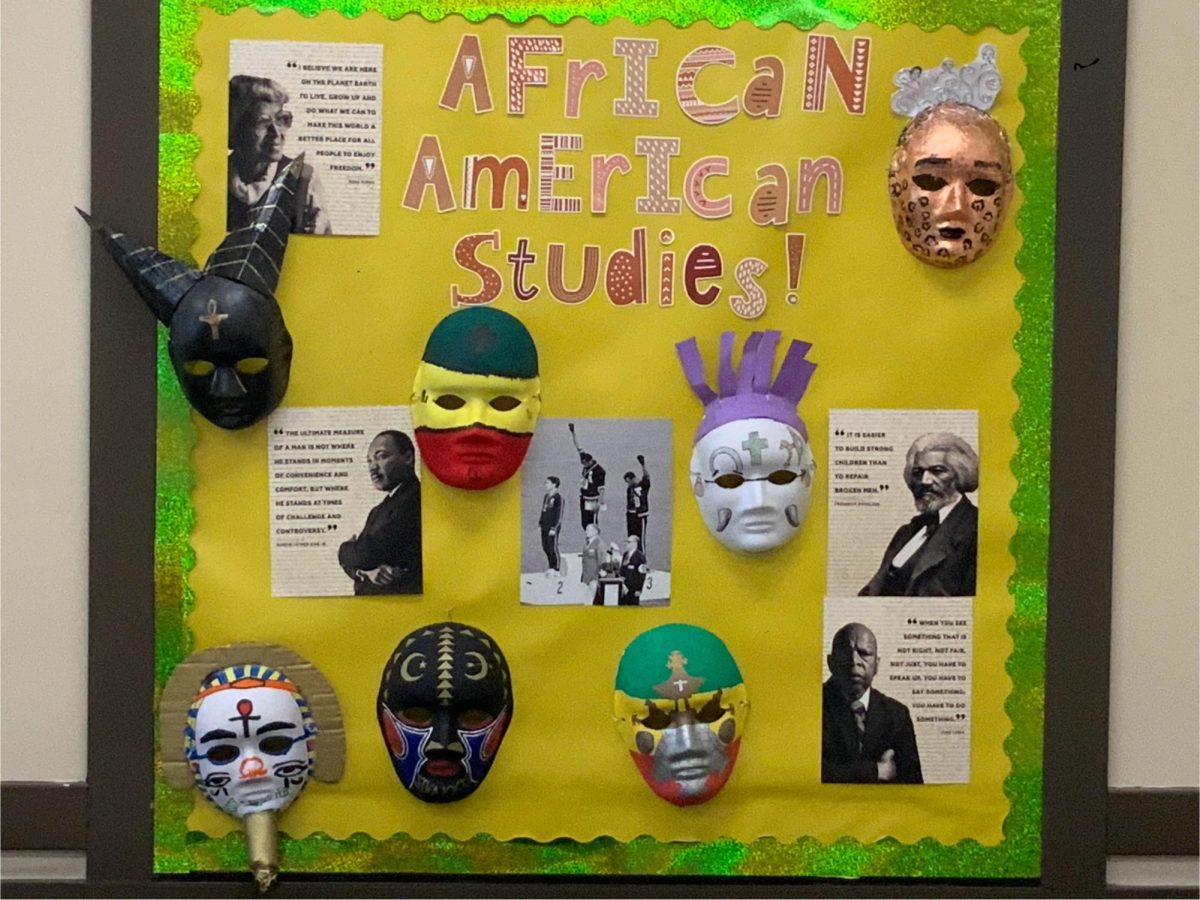With the arrival of a new school year also came the introduction of two new classes to Mitty’s curriculum: Ethnic Studies, a mandatory semester long course for freshmen, and AP African American Studies, a year long social studies class offered to seniors.
These classes aim to provide students with courses which not only widen their world view, but also place a special emphasis on diversity, equity and inclusion. Head of DEI, Mrs. Vargas, said that these classes would help bring light to voices who often go unheard: “These classes] give voices to the voiceless, specifically focusing on historically marginalized groups.”
Although these classes have only recently cemented their place in Mitty’s curriculum, discussions regarding their implementation have spanned years. The initial proposal for the freshman Ethnic Studies class was introduced around five years ago and finally joined Mitty’s curriculum this year. According to Mr. Rojo, a current Ethnic Studies and AP U.S. History teacher, this course covers four units which include discussions surrounding implicit bias, inherent privilege, and how one’s identity drives their own social interactions. Although some students struggled to grasp these concepts, these discussions also empowered other students and gave them a newfound voice. Mr. Vazquez, a fellow Ethnic Studies teacher, said, “It was really powerful for students of color to share their experiences with the dominant culture of this school,” as it gave students a new avenue to examine race.
As both teachers share, this course has real world applications and implications which stretch beyond the classroom. This freshman ethnic studies class allows students to learn important concepts so when they leave class and enter the world outside of Mitty, they can recognize these issues in their own lives and as Mr. Rojo said, “become their own active agents of change.” He explains how this class plants seeds of change which hopefully not only “arm[s] students with knowledge,” but also instills the “desire to change the direction of society.”
On the other hand, AP African American Studies, a newly added year-long class for 12th graders, differs from a typical social studies course. Following two years of pilot testing in select schools, this class was finally made available to all schools. Dr. Wilson, the current AP African American studies teacher, says she “jumped on the opportunity to develop the curriculum for this course so that we can offer it here at Mitty.”
According to Dr. Wilson, this interdisciplinary course “combines art, history, literature, and other media to examine the diversity of the African American experience not only in America but also within the African diaspora.” This class not only aims to teach students about African American history, but to show them how to appreciate parts of African American culture not usually covered in the classroom through unique lenses.
In order to do this, AP African American Studies uses a novel approach to primary source analysis, leveraging various aspects from African American culture to tell a story. Dr. Wilson explains that while most history courses may rely on historical documents and analysis, AP African American studies spans from ancient African sculptures and architecture to poetry and song. She believes this course is important to show Mitty’s commitment to diverse perspectives and hopes it will allow students to “experience diverse perspectives in their course curriculum.”

Overall, new classes offered at Mitty this year primarily focus on opening the eyes of students to other cultures and aspects of society of which they may not have been aware. This effectively furthers the mission of the DEI program, promoting inclusion for every single student.



